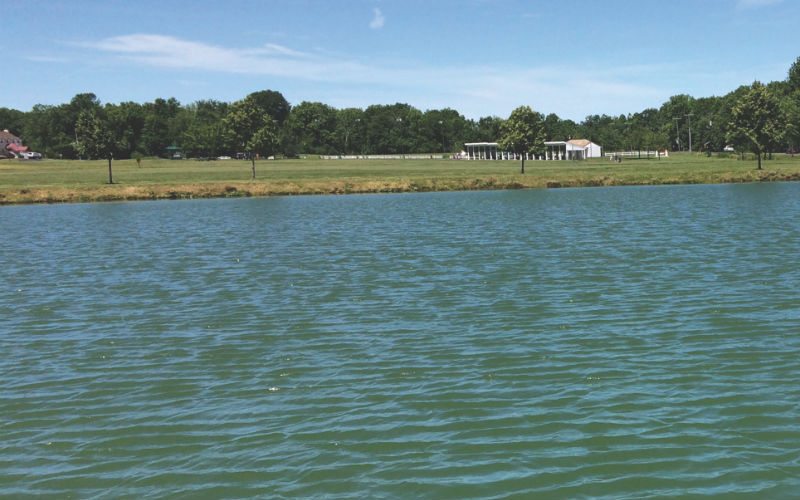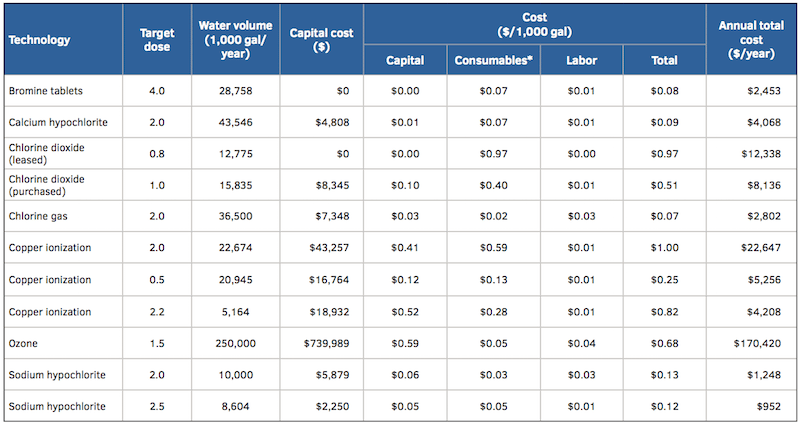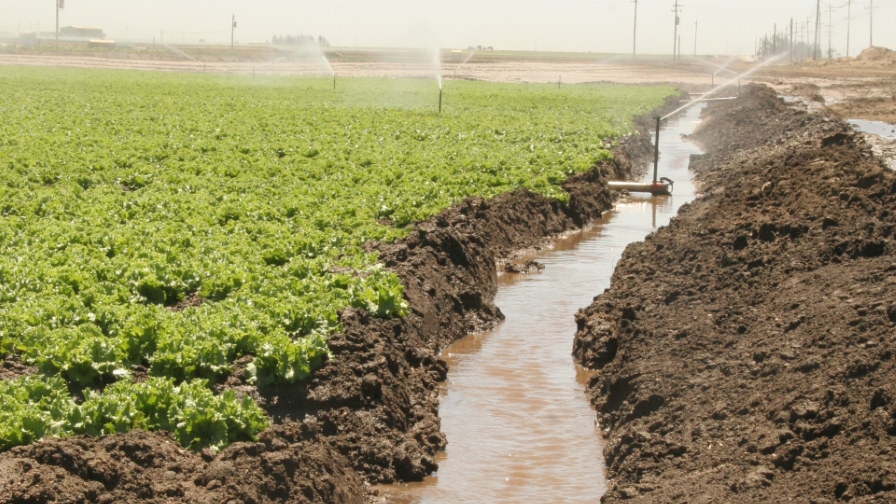Some Known Details About Irrigation Water Treatment
Table of ContentsGet This Report about Municipal Water TreatmentSome Known Details About Municipal Water Treatment Little Known Questions About Municipal Water Treatment.
Jennifer Parke, Associate Professor, OSU and Paul Fisher, Partner Teacher, University of Florida Nursery and greenhouse growers typically catch runoff water and reuse it for irrigation. This conserves water and avoids the escape of nutrients and pesticides into waterways. Nevertheless, reservoirs likewise supply an environment for waterborne plant pathogens. The most major of these are the water molds, which appear like fungi but require water to complete their life cycles.Unless recycled water is disinfested before reuse, watering water might end up being an effective shipment system for these plant pathogens. iron stain remover. Water Sources Substantial sampling in nurseries suggests that surface water sources such as rivers, ponds, and reservoirs for storing runoff water are often polluted with Phytophthora and Pythium types and ought to be disinfested prior to use in watering. iron stain remover.
You ought to presume that recirculated water is contaminated and disinfest it on a routine basis, or you can check your water at frequent (monthly) periods and deal with only if needed. Testing Your Water for Pythium and Phytophthora You can check for the presence of Pythium and Phytophthora by baiting water with rhododendron leaves for 7 days and after that testing the leaves with field diagnostic ELISA packages.

The Definitive Guide for Rust Preventer

Overall suspended solids need to ideally be 05 mg/L can trigger clogging of watering devices, above 2. 0 mg/L may be poisonous to some sensitive plants. 27% above 0. 05 mg/L, 2% above 2. 0 mg/LSee iron notes above. Manganese elimination is harder and might require additional pH adjustmentCopper (Cu) Above 0. 20 mg/L hazardous to some plants5% above 0.
05 mg/L poisonous to some plants2% exceed 0. 05 mg/LLarge scale removal of molybdenum is typically not cost efficient. Usage dilution or alternative water suppliesZinc (Zn) Above 0 - municipal water treatment. 30 mg/L9% go beyond 0. 30 mg/LMost likely read from corrosion of galvanized pipe. Plant toxicity more than likely where low pH happens in growth mediaThe pH of water is determined on a scale of 0 to 14.
0 is neutral while pH levels below 7. 0 are acidic and levels above 7. 0 are basic. Each whole number distinction represents a ten-fold difference find more in level of acidity. The pH of water in addition to alkalinity affects the solubility and availability of nutrients and other chemical attributes of watering water. In general, the majority of plants prefer slightly find here acidic conditions in a pH variety of 5.
The Ultimate Guide To Rust Preventer
0. Problems with low or high pH are exacerbated in plants grown in soil-free or small growing systems because growth media can typically act to buffer pH issues. Higher water pH levels can be tolerated if the water alkalinity is not excessive. High pH (> 7. 0) might lower the accessibility of various metals and micronutrients causing shortage signs.

High pH issues can be corrected by acid injection or in many cases by utilizing an acid fertilizer. Rainwater in PA is acidic (pH 4. 0 to 5. 0). rust preventer. Less typically, low pH (< 5. 0) may result in toxic high levels of metals like iron and manganese; this is typically found in mix with low alkalinity.
Maybe the most essential water quality parameter to impact irrigation waters in Pennsylvania is alkalinity. Alkalinity is a measure of the dissolved materials in water that can buffer or neutralize acids (municipal water treatment). These consist of carbonates (CO32-), bicarbonates (HCO3-), and hydroxides (OH-, hardly ever present in that kind). Alkalinity is usually reported as mg/L of calcium carbonate.